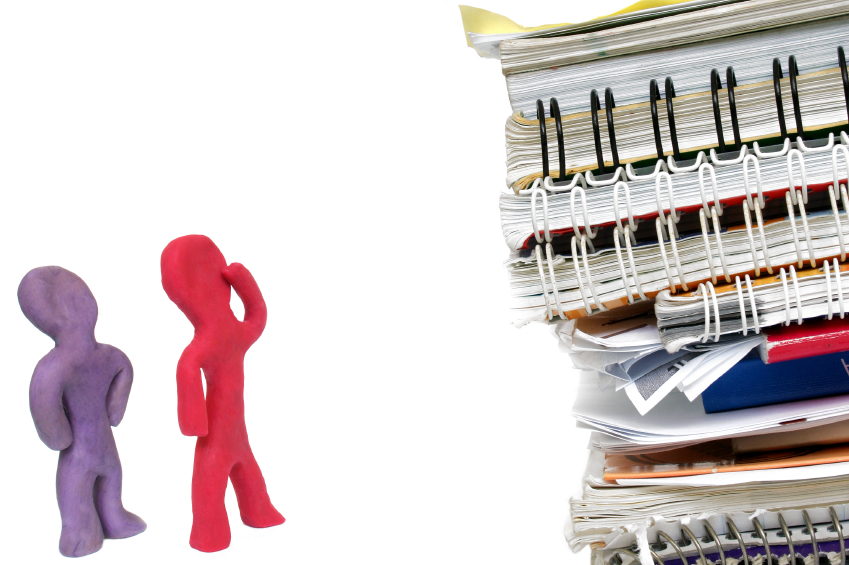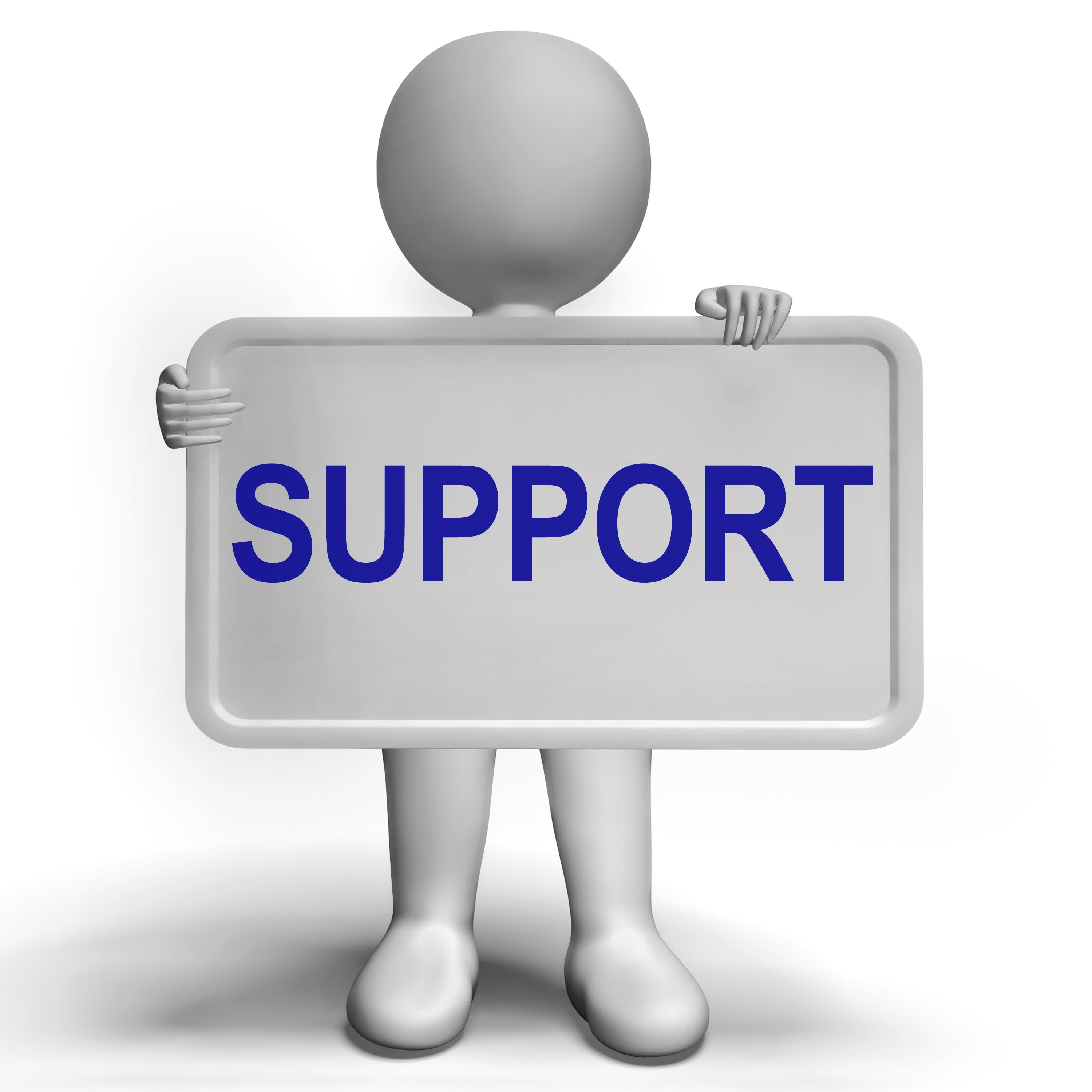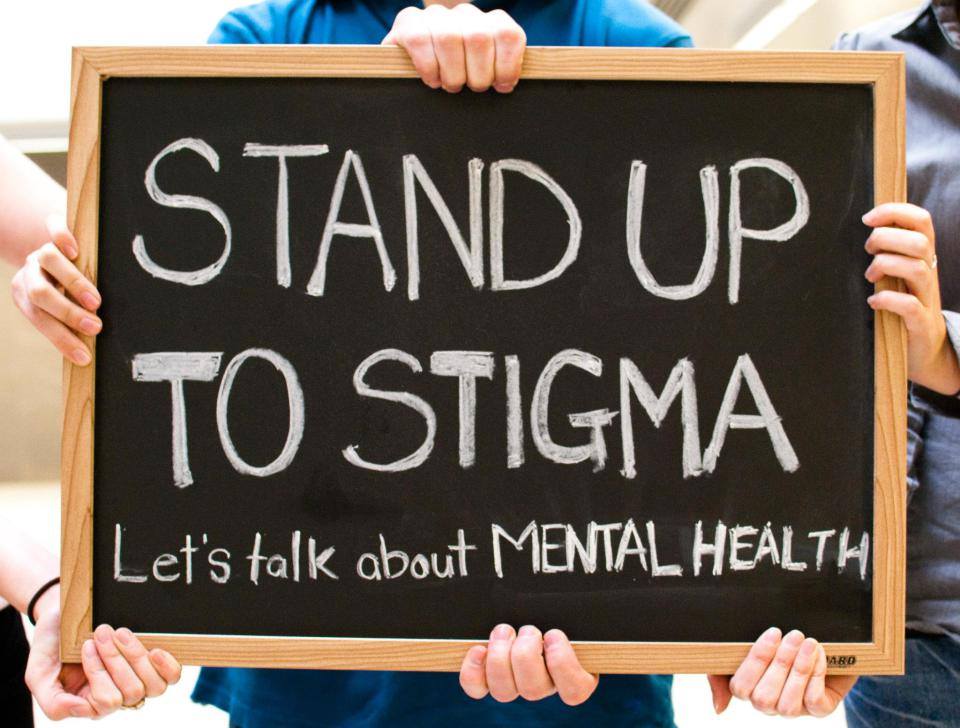
-
Have you heard me say that, “we will buried alive in paperwork as administrators of abuse prevention and protection”? Today, I thought I’d answer some of your most pressing questions about documentation and electronic documentation.
Why should you keep documentation permanently?There are many reasons we should be securely managing our documentation.
- Statute of Limitations – in all provinces and territories in Canada and in many States, there is no statute of limitations on child abuse;
- A means of demonstrating due diligence;
- A means of striving for excellence, integrity and accountability for your leadership and the Board;
- To document history within the organization;
- For insurance purposes;
- To demonstrate your duty of care to your participants, staff and volunteers;
- It protects volunteers, staff and your organization if there is ever a false allegation; and
- It protects the vulnerable sector.
What documentation should we be keeping?
To demonstrate our due diligence and duty of care, we should be keeping:
-
We are often asked how implementing a children’s check-in solution can benefit organizations where children are placed in the care of others. A check-in system provides enhanced security and is vital to child safety, yet the benefits and success truly come from a combination of the check-in system itself and how well the staff in the organization uses it.
Regardless of whether you are using an electronic solution or another method, certain tracking and safety measures are still a necessity. You must have accurate records of children checking in and out, know who is picking up the children in your care, be aware of any allergy or medical concerns and have a process to verify people are who they say they are, as well as a secure way of maintaining all documentation.
-
Unfortunately, we have heard too often of individuals who obey the law and make a report, only to be told they shouldn’t have reported, or are reprimanded for reporting. I heard about one staff member that was preparing for a volunteer training event. She had brought her preschooler with her while she was setting up the chairs and tables for the training.
She took her eyes off her daughter for a few minutes and a member came into the building and sexually abused the young child. When the mother found out about it, she reported it to the Police and to leadership. Leadership challenged her for reporting the abuse and said that it should have been handled internally not externally. When she disagreed, they gave her notice that her employment was coming to an end.
Over and over I hear stories of people being shunned, scolded, harassed and even fired for reporting abuse. I find it so alarming that organizations that are committed to the protection of children, turn on the Chair of their protection committee, and reporters when they feel they have a legal duty to report abuse.
Never is our commitment of protection tested as much as when someone feels called to report, and we have a choice to support the reporters. -
Shout out for vibrant and creative trainers!
Is abuse prevention training suppose to be boring? October 6, 2017Training does not need to be boring, training does not need to be just a lecture, training does not need to be just reading a policy - and it shouldn't be! And, yes training is critical in ensuring everyone understands your policies and procedures and to ensure your staff and volunteers are all on the same page. -
Canada: A country committed to abuse prevention and protection!
Happy 150 Years Canada July 10, 2017This year marks a special anniversary for Canada, as we celebrate our 150th birthday as a Nation. In honour of the occasion, we wanted to do a shout out to Canadians for their efforts protecting the vulnerable sector over the last 50 years. -
At Plan to Protect®, we are very concerned about this issue! We’ve decided to provide you with an unprecedented preview of part of our policy on the Reporting and Response section of our manual. Please consider adopting this policy statement for your organization! We only ask that you reference the source if you use it.
-
Who can know the darkness of heart that dwells within anyone? Until outed through charges being laid against them, predators are usually impossible to spot. But if we can’t spot the child molesters or pedophiles among us, how are we supposed to protect our children? The best we can do in identifying potential molesters is to identify common characteristics of those who have been caught and use them in a list of warning signs.
-
Hi everyone, my name is Victoria and I’m the director of training at Plan to Protect®. I’ve been working for Plan to Protect® for the past 3 years and have been overseeing all of our online, LIVE webinar and onsite training.
Today, I really wanted to open up and share a little bit more about myself. Social media gives you a window into someone’s life. You can spend so much time listening to someone, hearing about their life or seeing photos of them that you think you know them. Feel like you’re friends.
But…social networking sites are a curated glimpse at someone’s life. It’s a small piece of the puzzle that makes up the whole. -
Twenty years ago when Plan to Protect® the manual was written, it was written for a small denomination of churches in Canada. The original writers had no idea how big and how far Plan to Protect® would become. Here we are 20 years later, Plan to Protect® is being used by over 1500 organizations in Canada and the United States. But, did you know that Plan to Protect® has also traveled to other countries around the world? We have national trainers, organizations and charities using Plan to Protect® in the UK, Ghana, Cambodia and most recently Bolivia.
Victoria, our Director or Training, recently visited Bolivia to help a missions organization called El Jordan, write policies and do training for their volunteers and staff. Here’s her story ...
-
Nov8Tue
Professionally Speaking
Learning from Public Schools on staff disciplinary issues November 8, 2016All three of my children are teachers. My son teaches grade three students. My youngest daughter graduated with her Early Childhood Education. Victoria, as many of you know, is a licensed teacher in Ontario but is applying her education to abuse prevention and protection, as our Director of Training with Plan to Protect®.
Each month, we receive a few copies of Professionally Speaking: The magazine of Ontario College of Teachers. Each issue has inspiring articles on bullying, classroom management, and modernizing teacher education. We often try to integrate the learnings from the magazine into our training initiatives at Plan to Protect®.










